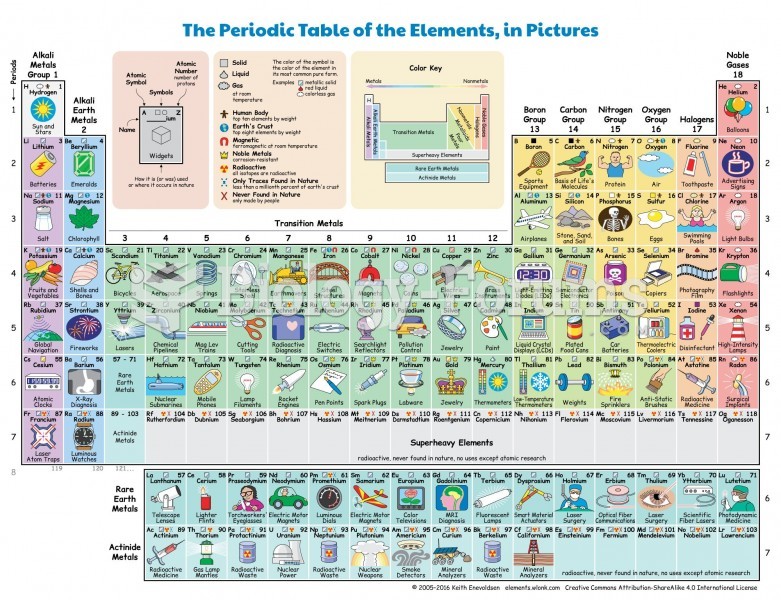Answer to Question 1
Answer: A number of conclusions can be drawn from this long list of studies. The student may review the points made in the textbook or may have some thoughts of their own regarding trends. It is obvious that many studies have looked at the difference between males in females using a plethora of dependent variables. It is a very important research area a large number of scientists. Overall, it is quite remarkable how few differences have proven to be significant. The most consistent differences, with meaningful effect sizes, have been in the areas of physical attributes, such as height; some aspects of sexuality, such as attitudes towards casual sex; and qualities desired in a potential mate. Negative results, in which there is no evidence of differences, are quite telling. There are no differences in general intelligence, and even differences in verbal ability are trivial.
There are some differences in the nature of mental disorders experienced by each group, with women having higher rates of mood disorders and men having higher rates of drug abuse, autism, learning disorders, and sexual disorders.
There are many other comparisons that can be drawn from this chapter. A good answer will have an overview and a couple of examples.
Answer to Question 2
Answer: The two main advantages of meta-analysis are that it allows a researcher to combine the results of many different studies and that it provides an estimate of the size of the effect of the independent variables in question. When an experiment is conducted comparing two or more groups on one or more independent variables, a statistic such as a t-test will tell you if the differences between the groups on the dependent variable(s) are significant or not. The meta-analysis statistic (d) will give you an estimate of the effect size. This is particularly important when looking at differences between men and women because with a large sample some very small differences will be statistically significant. Meta-analysis lets you look at many studies that have looked at the same variables and see if by combining their results the effect still holds and lets you estimate how large the effect is in a range from trivial to very large. The d statistic is basically the average of one group minus the average of the other group (in this case, males vs. females) on a dependent variable, divided by the average standard deviation of all the scores combined.







